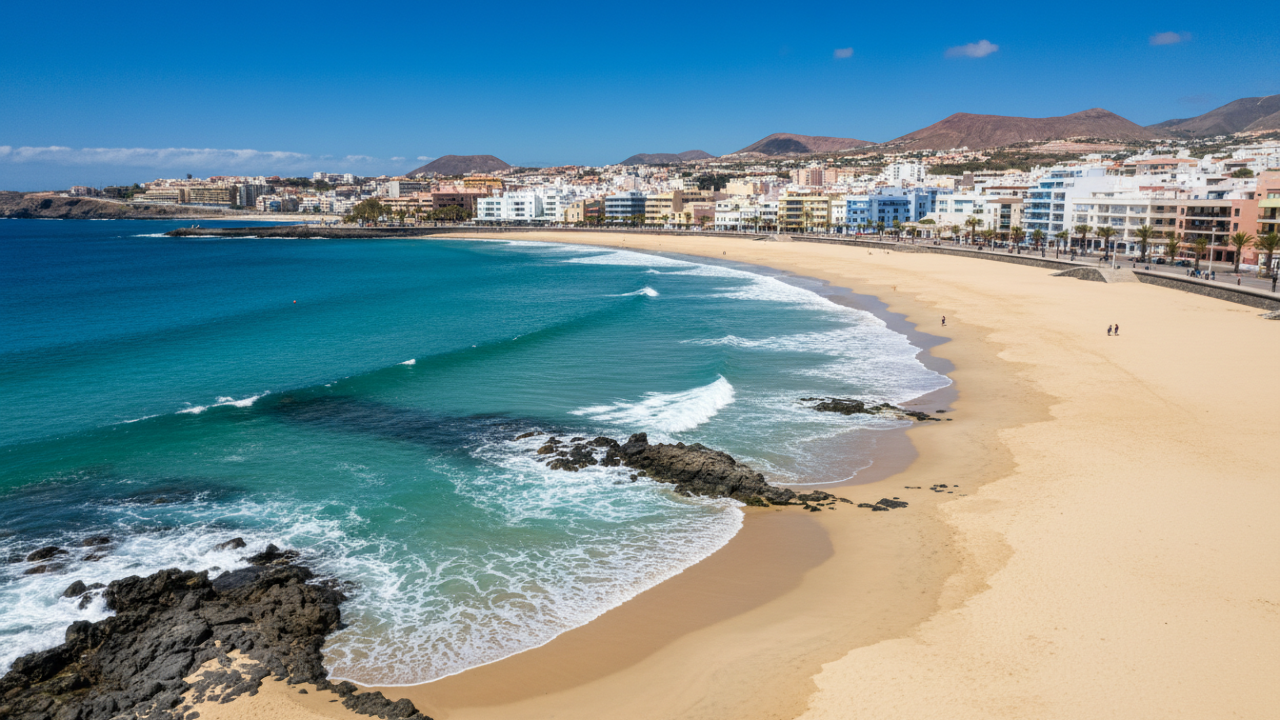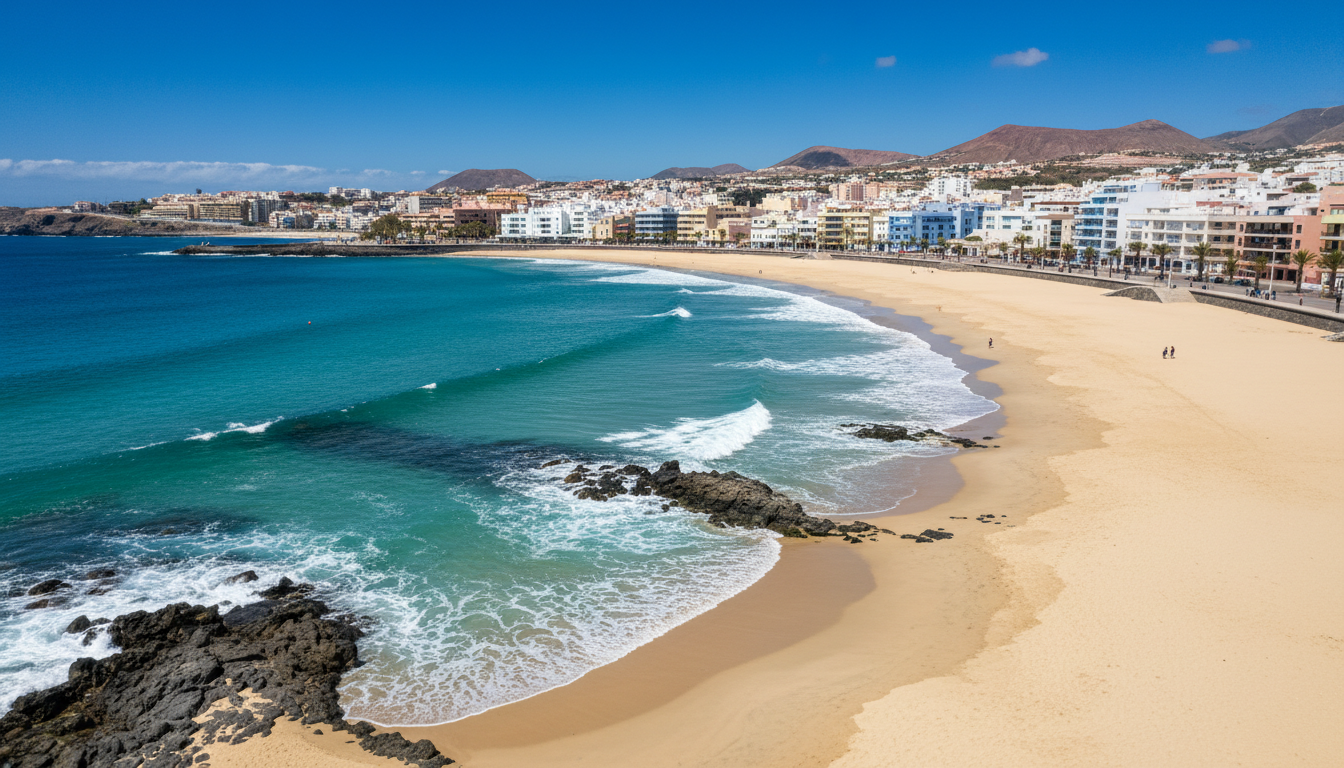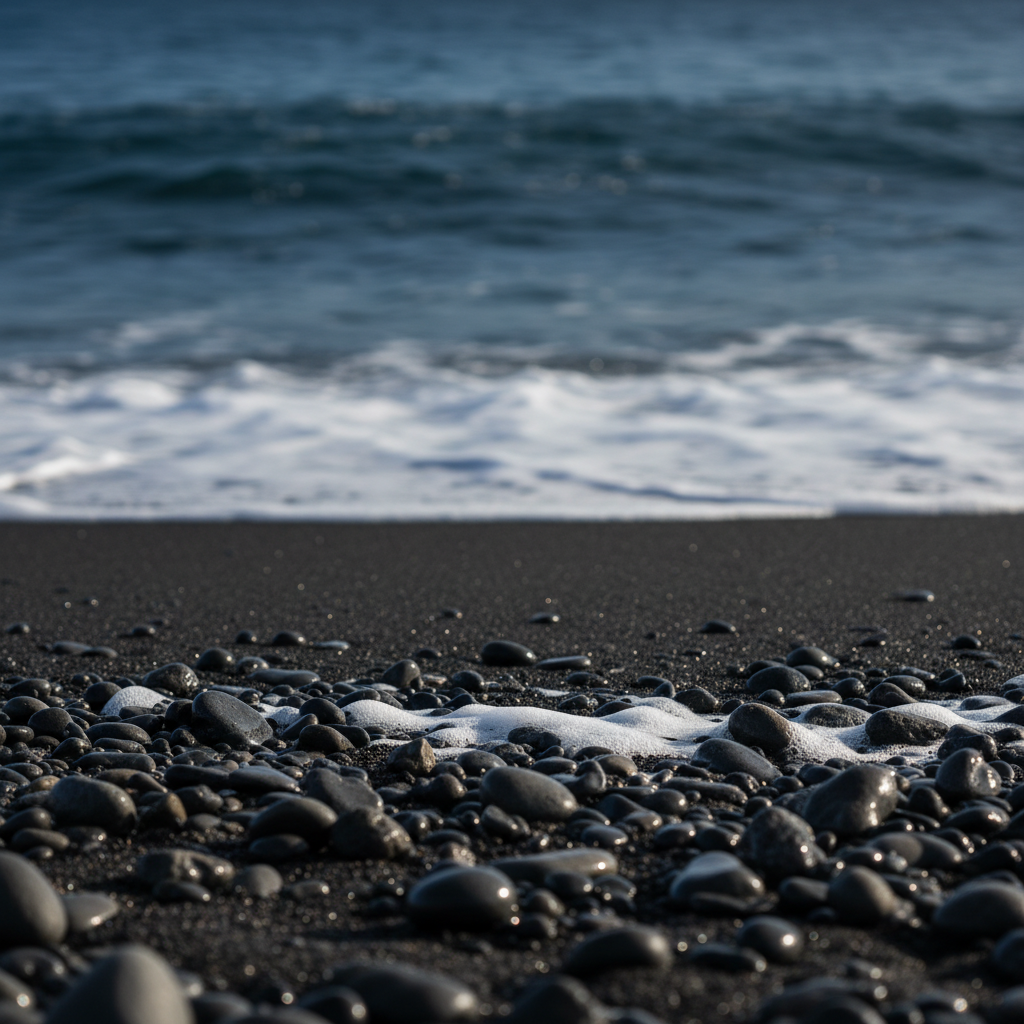Las Palmas’ cruise pier at Santa Catalina links travellers to Gran Canaria’s beaches and old town.
Cruise Port Directory | Port Guides & Local Tips
Explore every cruise port—guides, tips, and local highlights for travelers and cruise fans.
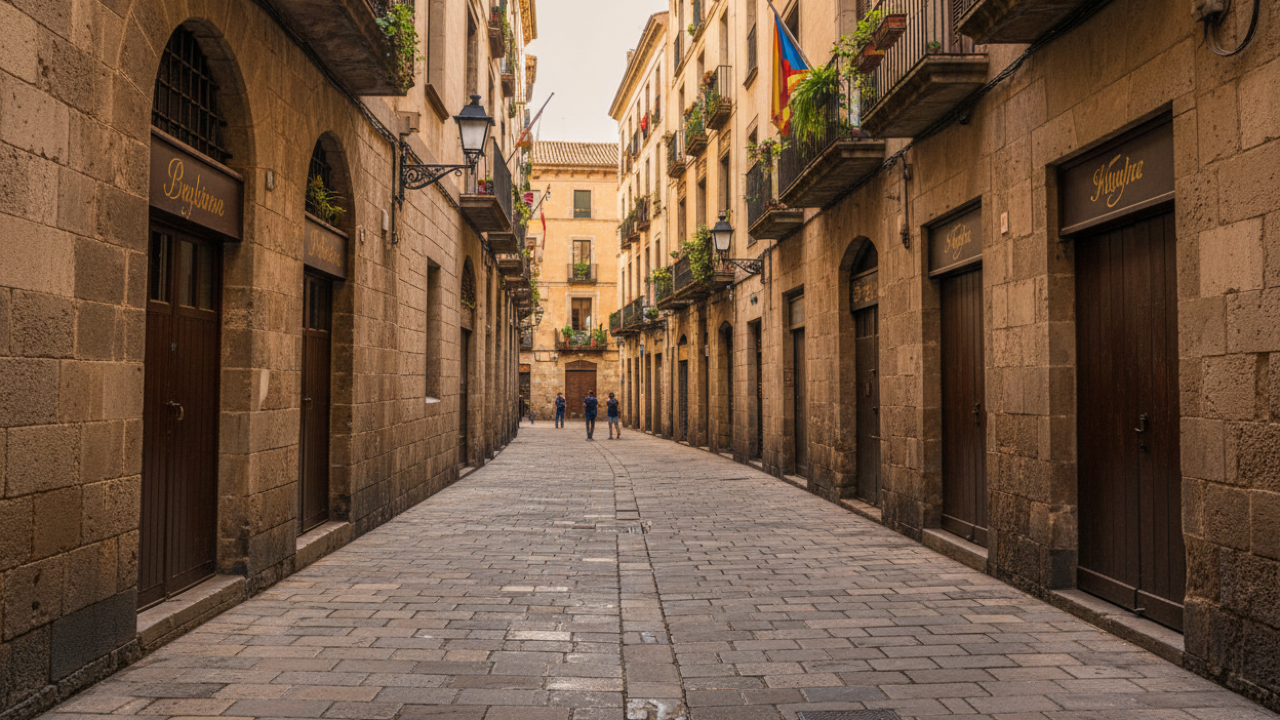
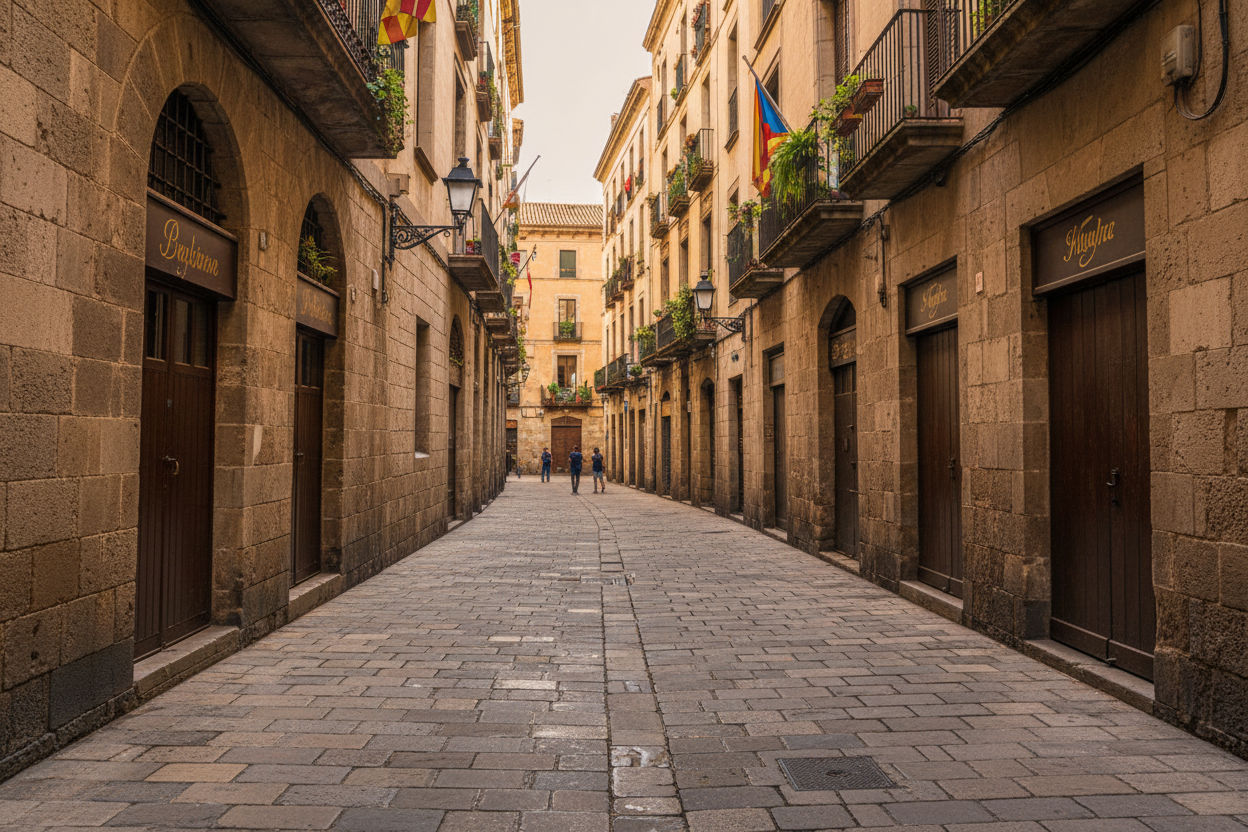
Barcelona Cruise Port
Barcelona Cruise Port at Moll Adossat is minutes from the city and served by the Blue Bus shuttle.



Barcelona Overview
Barcelona is the capital of Catalonia and a Mediterranean port with Roman foundations, a medieval Gothic core, and bold modernist architecture. The center is compact and easy to navigate on foot, with a metro and bus network that’s straightforward for visitors. You’ll move through distinct neighborhoods with their own feel: the winding lanes of the Barri Gòtic, the boutiques and bars of El Born, the grid of Eixample with Gaudí facades, the village vibe of Gràcia, the waterfront in Barceloneta, and the museums and gardens scattered around Montjuïc.
A Little History
The city began as Roman Barcino in the 1st century BCE, remnants of which still anchor streets around the Cathedral. Barcelona grew into a maritime power in the Middle Ages—today’s Gothic Quarter churches and civic buildings reflect that wealth. In the late 19th and early 20th centuries, Modernisme (Catalan Art Nouveau) reshaped streets and skylines, most famously through Antoni Gaudí. The 1992 Olympics rebuilt the waterfront and public spaces, turning industrial wharves into promenades and beaches.
Museums
Barcelona’s museums are concentrated and varied, so you can match them to your time and interests. The Picasso Museum in El Born traces the artist’s early years and Blue Period; timed tickets help avoid long queues. On the contemporary side, MACBA anchors the Raval with rotating shows in a stark white building by Richard Meier, while the MNAC on Montjuïc surveys Catalan art from Romanesque church frescoes to the 20th century and offers broad city views from its steps. History fans can go underground with MUHBA’s Roman ruins at Plaça del Rei. The Fundació Joan Miró, also on Montjuïc, pairs a deep collection with a sculpture terrace. CaixaForum hosts changing exhibitions in a restored modernist factory, and CosmoCaixa on the Tibidabo slope is an excellent science museum for families. FC Barcelona’s museum is a perennial favorite, but Camp Nou is under renovation—check the status before you plan.
Tip: Some museums offer free or reduced entry in late afternoons or on specific days. Check each site before you go. Major Parks and Attractions
Gaudí’s Sagrada Família is the headline—still under construction and best with tickets booked in advance (towers too, if you want the views). Park Güell’s Monumental Zone is ticketed; sunrise or late entry is calmer. Along Passeig de Gràcia, Casa Batlló and La Pedrera (Casa Milà) are the top interior tours, and evening visits tend to be quieter. In the Gothic Quarter, look for the Cathedral cloister, medieval courtyards, and a set of Roman columns tucked off Carrer del Paradís. La Rambla is the city’s famous promenade from Plaça de Catalunya to the Columbus Monument—busy and colorful, but keep an eye on your pockets. El Born is ideal for an evening wander around Santa Maria del Mar. Montjuïc is a day in itself with the castle, cable car, gardens, MNAC, Miró, Olympic sites, and the Magic Fountain area (shows are seasonal; check the schedule). Parc de la Ciutadella offers shade, a small lake, and the Cascada fountain near Arc de Triomf. For sea air, walk the boardwalks from Barceloneta past the W Hotel toward the quieter Bogatell and Mar Bella beaches. If you want a panoramic finale, Tibidabo’s hilltop church and vintage amusement park put the whole city at your feet.
Nearby Places (Easy Day Trips)
If you have time to step out, several spots are straightforward by train or a combined rail/cable car. Montserrat’s serrated peaks frame a Benedictine monastery; ride the cable car or cog railway and hike for views. Sitges is a relaxed beach town with a pretty old quarter, about 40 minutes away. Girona offers medieval walls and a preserved Jewish Quarter; fast trains take 40 minutes, regional trains about 80. Tarragona’s Roman amphitheater and forum sit above the sea roughly an hour down the coast.
Shopping
You’ll find most shopping along a few spines. Passeig de Gràcia mixes luxury brands with landmark buildings—worth the walk even if you’re window-shopping. Portal de l’Àngel handles the high-street chains between Plaça de Catalunya and the Cathedral. For local designers and artisans, focus on El Born and Gràcia. Markets are destinations too: La Boqueria off La Rambla for produce and quick bites (go early), and the wave-roofed Santa Caterina Market as a calmer alternative. If you prefer malls, Maremagnum sits by the water, while L’illa Diagonal and Glòries serve broader retail.
Notes: Main sales periods are winter (January–early March) and summer (July–August). Food and Drink
Barcelona leans Catalan, coastal, and seasonal. Start with simple staples—pa amb tomàquet (tomato-rubbed bread), escalivada (roasted peppers and eggplant), botifarra sausages, and seafood-driven fideuà. Barceloneta and the city’s marisquerías handle fish best; book popular places. Vermouth hour on weekend middays is local habit—order a house vermut with olives or anchovies. Dinner skews late, often 8:30–10:30 pm, and many kitchens close mid-afternoon between lunch and dinner.
Practical eating tips:
Skip fixed-price “tourist paella” on La Rambla; you can do better a few blocks away. Look for a “menú del dia” at lunch—appetizer, main, dessert, and drink for fair value. Currency, Payments, ATMs
Spain uses the euro. Cards and contactless are standard almost everywhere; small bars may prefer cash for tiny tabs. ATMs are common—stick to bank machines (CaixaBank, Santander, BBVA) to avoid the higher fees charged by independent operators.
Opening Hours and Holidays
Shops typically open Monday to Saturday around 10:00 and close near 20:30, with smaller independents taking a midday pause, roughly 14:00–17:00. Big supermarkets often run later, but Sundays are quiet; only tourist zones and a few groceries open. Museums commonly close one weekday (often Monday or Tuesday), so check before you go.
Holidays that may affect hours or services:
Jan 1 (New Year), Jan 6 (Epiphany) Good Friday and Easter Monday (dates vary) May 1 (Labor Day) Jun 24 (Sant Joan) with beach fireworks and late-night crowds Aug 15 (Assumption) Sep 11 (La Diada, Catalonia Day) Late Sep (La Mercè festival around Sep 24) with citywide events Oct 12 (Hispanic Day) Nov 1 (All Saints’ Day) Dec 6 (Constitution), Dec 8 (Immaculate), Dec 25–26 (Christmas, Sant Esteve) Practical City Notes
Barcelona is generally safe, but pickpocketing is common in crowded zones like La Rambla, on the metro, and at the beach—keep phones and wallets zipped and in front. Transit is easy: the T-casual/T-usual tickets cover metro and buses, and lines L3 and L4 reach most sights visitors want. Taxis are reliable and metered; ride-hail apps work via licensed taxis here. Sundays start slow; evenings fill up. Catalan and Spanish are both official, and English is widely understood in tourist areas. A simple “Bon dia” or “Gràcies” gets a smile.
Quick Plans
3–4 hours: Sagrada Família exterior, Passeig de Gràcia facades, Gothic Quarter loop. 6–8 hours: add Park Güell or Montjuïc plus a beach walk; lunch in El Born. Full day: book interiors (Sagrada Família/Casa Batlló), add a museum (Picasso or MNAC), and finish with sunset views from Montjuïc or Tibidabo.
Similar :ports in category
Santa Cruz’s port in Tenerife is a gateway to volcanoes, beaches and colonial architecture.
Categories
© 2025 All rights reserved.
